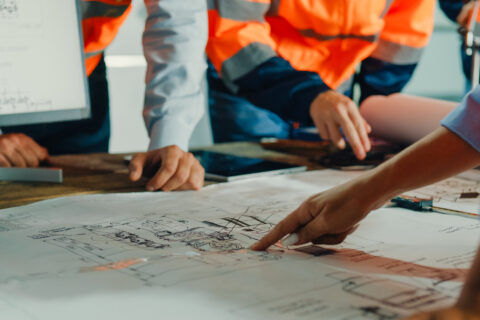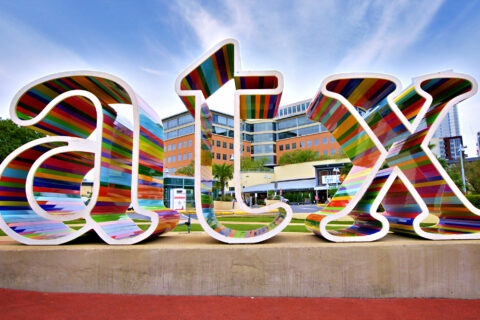Across America, public parks and recreational spaces have long offered free-to-low-cost opportunities for visitors and residents to engage in local communities. During the pandemic, the value of these spaces as an accessible public amenity became even more apparent.
With unprecedented funds made possible through the American Rescue Plan Act (ARPA) State and Local Fiscal Recovery Funds (SLFRF), policymakers are fortifying the value of these spaces by investing in them.
On average, cities with populations of 250,000 residents spent about five of their SLFRF allocations towards public space projects.
Local Government ARPA Investment Tracker
Trends in local management priorities indicate growth in parks and recreation funding nationwide. The 2022 State of the Cities (SOTC) report found many mayors expressing the importance of parks and recreation as a budgetary priority and enhancement of health and human services. Further, in the 2021 SOTC, 43 percent of municipalities reported public spaces as a “top condition that supported communities through the pandemic.”
What is a Public Space and Why are Local Governments Investing ARPA Funds to Develop Them?
Public spaces serve as hubs of social, cultural, and civic importance, impacting residents’ everyday lives. They can take various forms, including indoor or outdoor areas, as community centers and recreational facilities. Other examples of public spaces include senior centers, libraries, and sports fields. Public spaces also affect the environmental character of municipalities. The shared nature of local parks, trails, community centers and other public facilities promote individual and community well-being and the public good by:
- Serving as central sites for the delivery of essential services
- Influencing nearby property values positively and creating safer neighborhoods, and
- Encouraging tourism by creating popular local destinations
That said, local governments are investing in public spaces in a variety of ways:
Capital Investment and Maintenance
Throughout the pandemic, many cities found facility and maintenance issues exacerbated due to increased use of public spaces and wear from historic underfunding of facilities projects. With SLFRF dollars, some municipalities are updating existing facilities to improve safety and accessibility.
- Case Study: The City of Dallas, TX authorized $550,000 on infrastructure improvements to four of their cultural center facilities to ensure compliance with the Americans with Disabilities Act (ADA).
Youth, Family and Senior Services
Several municipalities published requests for proposals (RFPs) to local nonprofits to supplement local health and human services and help address the needs of those disproportionately impacted by the pandemic.
- Case Study: The City of Denver, CO issued grants for daily summer programming to 1,000 of the city’s youth in partnership with the Denver Parks and Recreation Department. The City of Buffalo, NY allocated $1 million to start the first community garden land trust to improve food access for low-income families.
Arts, Education and Cultural Enrichment
Other municipalities granted ARPA funds to local artists, commissioning their work to enhance public spaces.
- Case Study: The City of San José, CA allocated $3.7 million to expand existing arts programming within its community. Other cities, like Riverside City, CA allocated $345,000 to expand reading initiatives by setting up book lockers at community centers in partnership with local libraries.
Public Workforce Development
Finally, municipalities are investing ARPA dollars in funding workforce development opportunities in public spaces.
- Case Study: The Town of Brookhaven, NY is employing up to 250 teens in its Parks Department through a workforce development initiative.
Municipalities Should Continue Investing in Vibrant Public Spaces
ARPA funds have, and are, positively influencing municipal spending on public space development by financing new facilities, expanding programming, and hiring and rehiring furloughed staff. However, investing in the infrastructure of public space is just one piece of the puzzle. The future of public space planning depends on ensuring all residents enjoy these spaces for years to come.
Local leaders can prioritize equity and accessibility in their development plans by listening to the needs of their residents. Furthermore, when thinking about the future of public space, local leaders should consider the multi-purpose potential of existing public spaces to deliver services more efficiently. Local leaders and administrators should contend with the post-ARPA reality in their strategic planning efforts now and for the future of local public spaces.
Learn More
Continue tracking how municipalities are spending ARPA and SLFRF funds to invest in their communities long-term through our ARPA Tracker.










